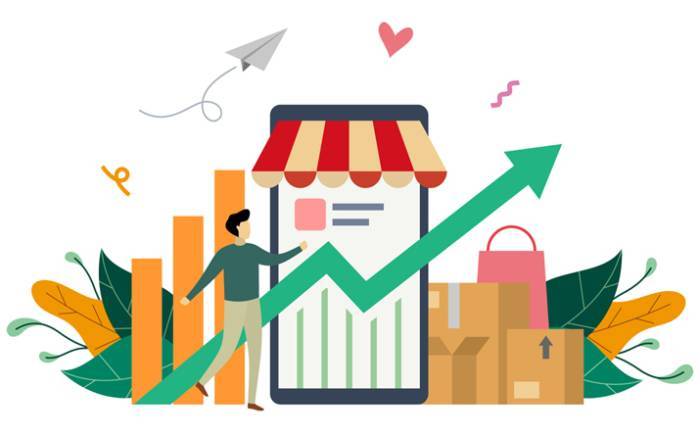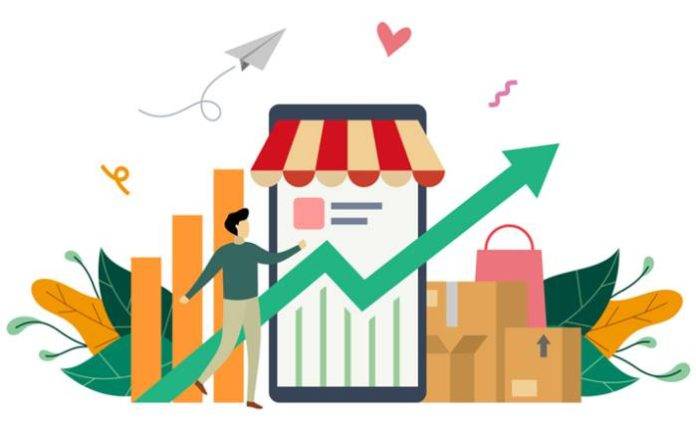Whether you’re a new business just getting off the ground or an established company, marketing matters. It is how new audiences learn about your brand and why existing customers keep you at the forefront of their minds. It’s a way to educate audiences on new products and service offerings, creating compelling campaigns to grab their attention.
As a small business, however, you may feel constrained in how you’re able to market. Limited budgets and smaller teams can be discouraging. Yet with the right tools and strategy in place, even the smallest business can have a big impact. Here are four ways to optimize your small business marketing.

#1. Automate What You Can
As a small business, your marketing team is likely quite lean. You may not have a dedicated person to manage your social media platforms or someone who is solely responsible for tracking campaign performance. It’s an all-hands-on-deck situation, meaning everyone helps out where they can. While the intentions are well, it can lead to confusion and disorder. An unread DM from a customer that you thought a colleague already responded to could result in a lost customer.
By automating what you can, you can stay afloat of all the marketing needs while also saving precious time and reducing costs. Your customer’s needs will be met and you’ll be able to spend more time thinking strategically about future marketing needs. The simplest way to automate a lot of these processes is through a CRM, or customer relationship management software. A CRM allows for small business marketing automation because it organizes customer data, manages social platforms, and measures the results of your campaigns. Instead of checking with your co-workers to see if a customer was responded to, you can check yourself within the platform.
#2. Invest in Ads
Building organic traffic takes time. Even with a stellar SEO strategy in place, you may not see the results of your hard work for a while. Investing in digital advertising can be a short-term solution that leads to long-term rewards. Advertising can assist in increasing brand awareness, educating target audiences, driving leads, generating loyalty, and increasing sales.
You can deploy your advertising on several platforms, evaluating which one is helping you obtain the highest return on investment. Start with a pay-per-click campaign, which means that you’re only spending money when a user clicks or interacts with the ad. This allows you to test and learn what type of copy works best and what is driving the most leads. Google Ads utilizes a pay-per-click model and is fairly easy to set up.
From there, expand your advertising to other platforms such as social media. Advertising with Meta Platforms allows you to really hone in on your specific target audience. You can select from different demographics, such as geographic location, age, and gender as well as behaviors and interests. Again, keep a close eye on each campaign to track and measure your results. Your first digital advertising campaigns can provide you with various learnings to inform future campaigns.
#3. Partner and Collaborate With Other Businesses
What you can do alone, two can often do it better. Partnering with other businesses can help you access new markets, increase brand awareness, and further establish yourself within the market.
Collaborations and partnerships between businesses are not a new strategy; however, they’ve become more prevalent and impactful thanks to the rise in social media.
Social platforms allow businesses to reach wider audiences, foster authentic relationships, and create mutually beneficial partnerships that can enhance brand visibility, trust, and engagement. For example, the first Stanley and Starbucks collaborations created such a buzz that the new release sold out in minutes.
When thinking about a potential partnership, don’t think that you’re limited to similarly-minded brands. Some of the most memorable partnerships were between two unlikely brand collaborations. For example, Chanel partnered with Formula 1 to create an embroidered tee as part of its Cruise 2023 collection.
When selecting a brand, look at its current marketing strategy and campaigns and see if you align. Your brand values and mission should remain intact, regardless of which brand you decide to partner with. Doing your research ahead of time can help avoid any potential mishaps and ensure that your marketing efforts are being well spent.
#4. Treat Your Current Customers Well
Acquiring new customers isn’t only hard, but it’s expensive too. The cost of a new customer acquisition is 5-7 times more costly than keeping an old customer! Just because somebody made a purchase doesn’t mean they are going to return. There is power in marketing to existing customers and ensuring that they remember and return to you for future purchases.
One way to stay top-of-mind is to treat your current customers well. An enticing loyalty rewards program can increase retention, improve overall customer experience, and encourage repeat purchases. A gamification model, such as earning points for future rewards, can be the incentive they need to purchase directly from you again.
Another way to treat your current customers well is to prioritize their needs. If someone who has made repeat purchases with you asks a question, be sure to promptly respond. While it may be tempting to respond to new customers first to obtain new leads, existing customers should be regarded as your most valuable asset. They have the power to speak about your brand to their social circle, influencing their friends and family member’s purchasing decisions.
Conclusion
By leaning on the right tools, advertising platforms, business collaborations, and customer service experiences, small businesses can see significant marketing success. Look for cost-effective initiatives that will free up your team’s time while also prioritizing your business needs. This will help scale your marketing efforts without compromising your bottom line or burning out your lean team.








































